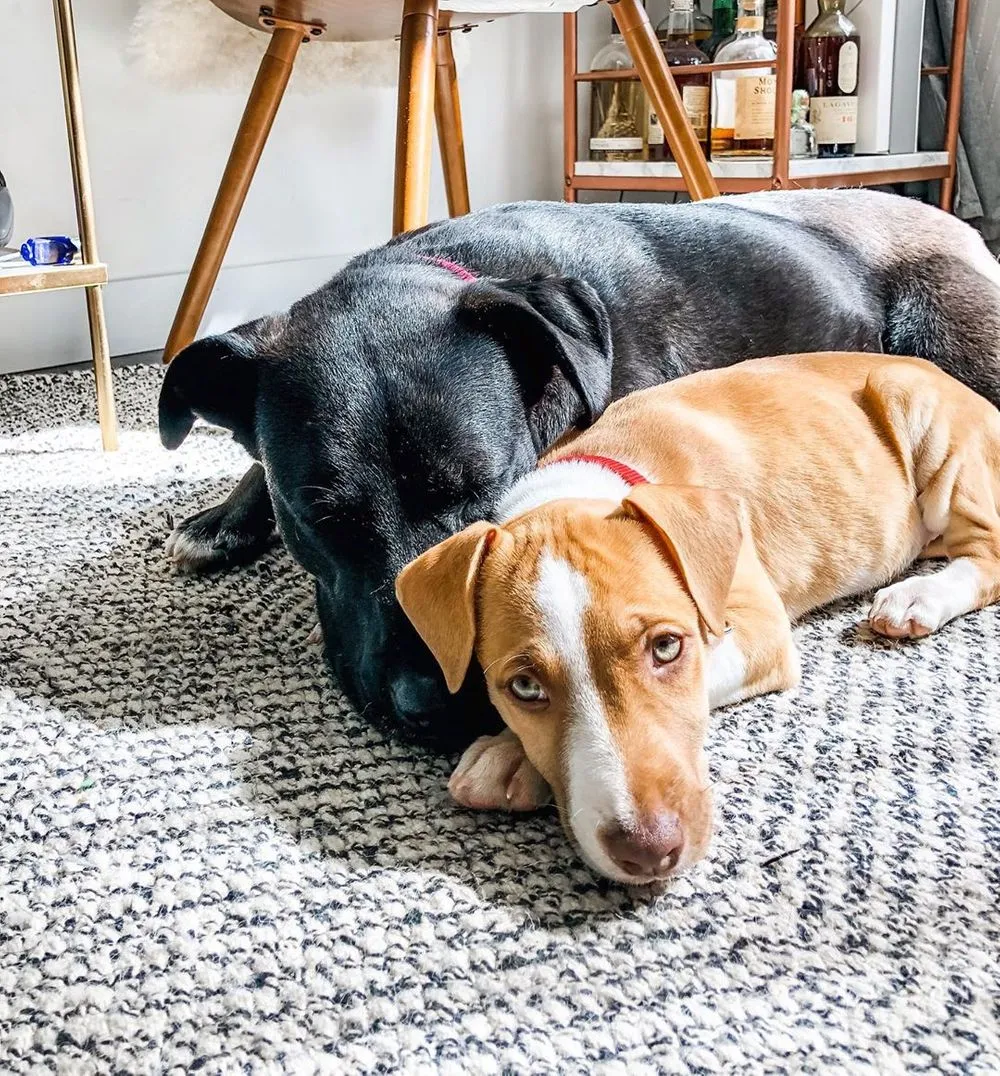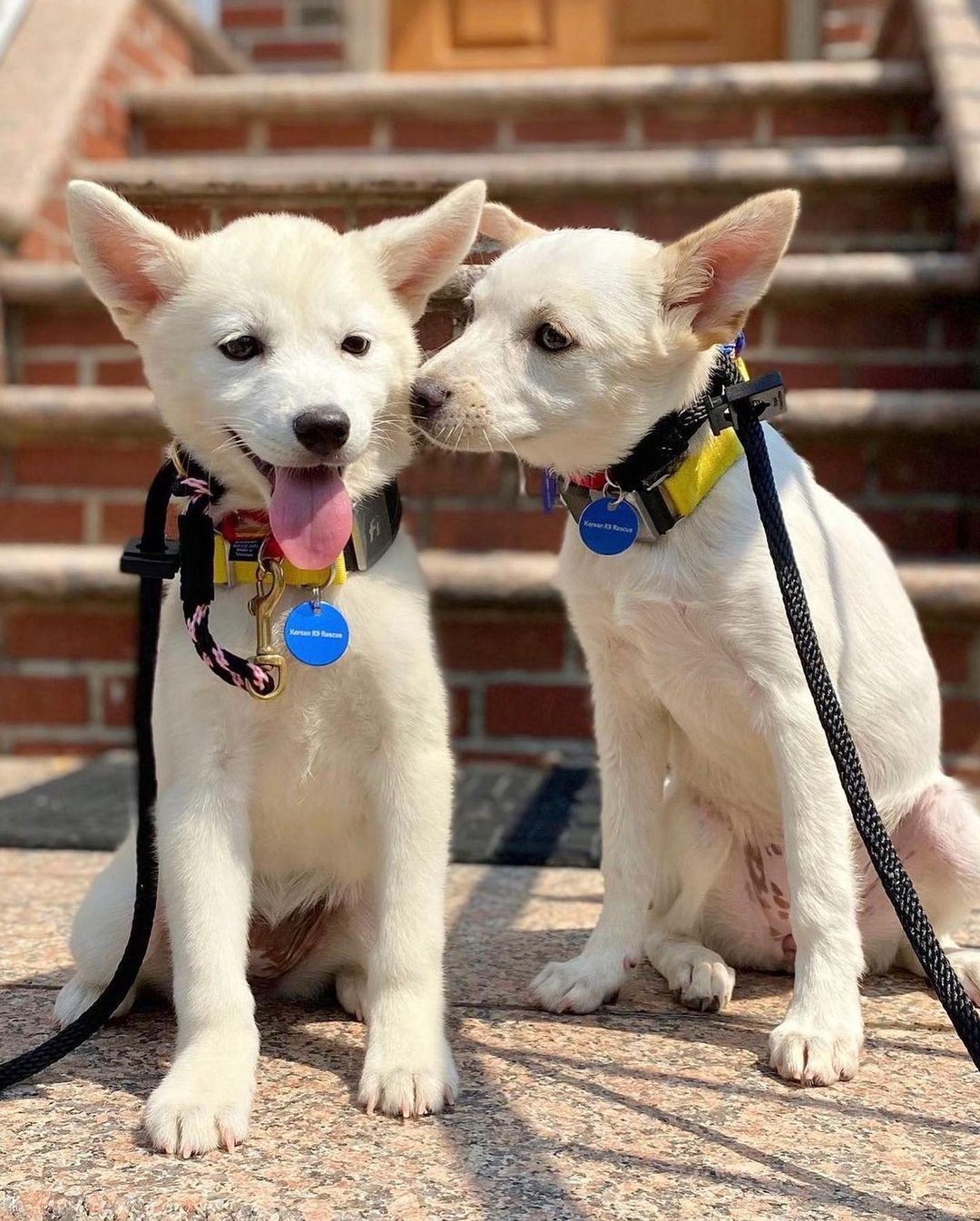Sometimes, finding an ideal pet isn’t necessarily holding out for the perfect one. Of course, it’s essential to consider the dog’s quality of life with some health conditions. However, you may be surprised to learn that blindness isn’t necessarily one of them.
Dogs are adaptable. You have only to look at a three-legged pup to realize they can make the most out of a situation. However, it’s vital to consider the extra care involved when adopting a blind dog. Pet ownership is a serious responsibility on its own, without this extra challenge. Let’s review what you should know.

Causes of Blindness
Several things can cause blindness in canines, whether it was a congenital issue, disease, injury, or senior vision loss. Knowing why it occurred can help you make an informed choice about the care of your new pet. After all, it could mean prescription medications, surgery, or other lifestyle changes. Common causes include:
- Cataracts
- Diabetes complications
- Degenerative cornea disease
- Sudden acquired retinal degeneration (SARD)
It’s vital to understand these potential expenses upfront. Responsible sellers will conduct pre-breeding health screening to avoid passing on hereditary conditions.
Life as a Blind Dog
What you can expect depends a lot on the cause. A dog born with this condition will adapt from day one, not knowing anything different. An older pet may gradually show signs of vision loss, such as running into furniture or walls. They may develop so slowly that you won’t realize what’s going on in your pup’s world.
Sudden blindness is a different story. It can cause aggression or anxiety in some pets because it can make them feel vulnerable. They may seem fearful or inseparable. These reactions aren’t unexpected. Understanding the cause and effect of blindness can help you better understand your dog’s behavior.
Pros and Cons of Adopting a Blind Dog
It’s a shame that one of the main reasons people abandon dogs is because of an illness and the expectation of increased costs. That’s not always the case with blindness, which is another reason to learn your pet’s story.
Pros
Owning a blind pup is just as rewarding as having one that can see. These dogs are just as loyal and loving. They are not helpless pets that can’t navigate their world. Remember that evolution has equipped dogs with remarkably quick adaptability to survive challenges. You may even find that you forget that your dog can’t see!
Blindness isn’t a barrier for many of these dogs. Just ask Laura, a 5-year-old Siberian Husky. Her condition didn’t get in the way of her mission to participate with her team of sled dogs in the Iditarod.
Cons
Of course, owning a blind dog means that you must adapt, too. You will have to dog-proof your space, particularly if there are stairs or other potential hazards. It’s helpful to think like a canine to identify any other problem spots, such as sharp-cornered furniture or slippery throw rugs.
You’ll likely have to change your training strategy to take advantage of your pet’s other senses. For example, instead of visual signals, you should consider clicker training.
Extra measures to prevent startling your pet are also on the docket, such as alerting your dog to your presence as you enter a room. It’ll involve teaching your children and guests the same things. Your family will have to be careful about stepping on your pup since he won’t see you coming without a warning.

Training Tips
Patience and consistency are your best friends when it comes to training. Your dog will learn to rely more on his hearing, touch, and smell to overcome his challenges. You can make the transition easier by using them to your advantage.
For example, you can use a different textured mat on the floor in front of the door so that your pup can associate it with his way outdoors. This strategy works to help him find his food and water bowls, particularly when keeping them in the same place.
If you have other pets in your home, you can put a bell on their collars to alert your blind dog of their presence so that there are no sneak attacks. Likewise, squeaker toys are excellent choices for playtime. Another option is to give your pup a Kong toy filled with peanut butter. He won’t have a difficult time finding this one!
You’ll find it helpful to add other vocal commands to your training repertoire in addition to the usual sit and stay ones. Teaching your dog to step up will make it easier for him to climb stairs in new places. You can also add direction cues, such as right or left to your lineup. These options are helpful if you rearrange the furniture.
Where to Adopt a Blind Dog
Pet ownership carries a responsibility, whether your dog is sighted or not. If you’re ready to invite a blind dog into your home, we suggest two of Fi’s rescue partner organizations. Speak St. Louis specializes in Border and Australian Collies, particularly those with the double-merle gene. Vision loss is often a complication of this genetic condition.
SPEAK! for the Unspoken believes that every dog has possibilities, regardless of their special needs, with their foster-based rescue. They recognize and celebrate the joy that these pups can bring to people’s lives. They are based in the Columbus, Ohio area.
Either organization can help you find a pet and offer advice about making the transition as a special-needs pet owner easier for you and your dog. The essential thing to understand is that blindness isn’t an obstacle to a fulfilling dog-owner relationship.
Final Thoughts
While adopting a blind dog means lifestyle and training adjustments, you’ll find that you’ll have a delightful pet, despite his challenge. You’ll likely find that you’ll bond more closely with your pup because of the more together time you’ll have teaching him the lay of the land.
You can provide a good quality of life for your blind dog using Fi. Learn how other dog owners have discovered the benefits of using Fi to make their pets’ lives more comfortable and safe.

